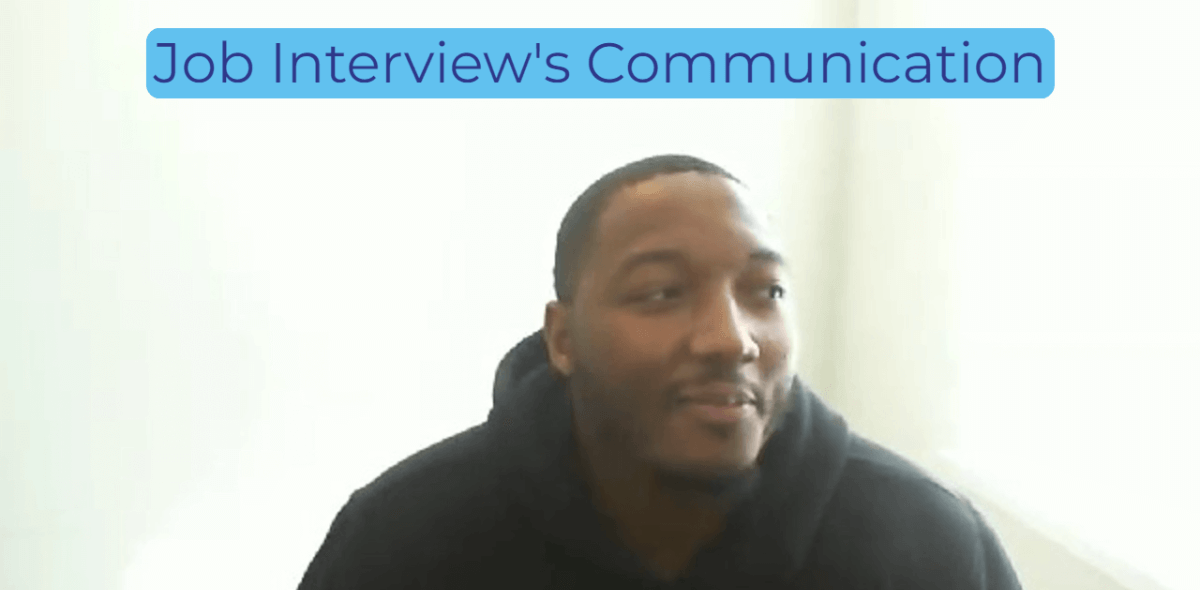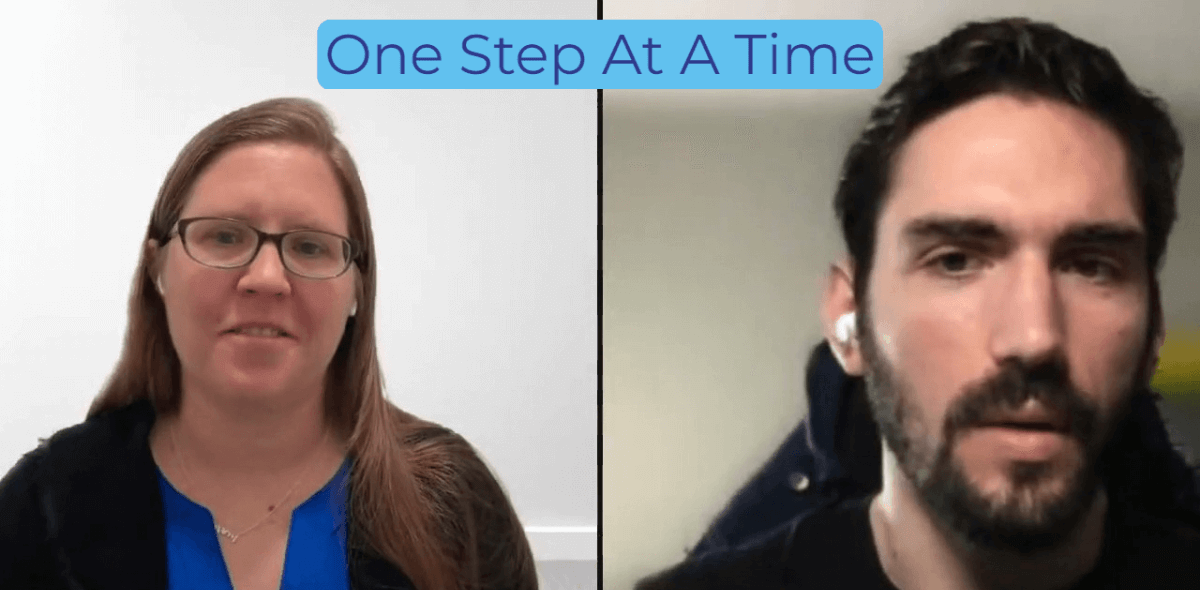How to Get Invited for a Machine Learning Interview at Pinterest
Ebitie Amughan is a Technical Recruiter for Machine Learning Engineers and Applied Scientists at Pinterest which is no mean feat. Her life philosophy is to connect people to opportunities and get people from where they are to where they want to be especially when it comes to underrepresented talent breaking into tech. A value that rings true for Sabio, a premier software development bootcamp.
Before working at Pinterest, Ebitie was at Microsoft working in business operations where she recruited top engineering talent for Office, PowerPoint, and Yammer.
During a Technical Recruiter episode of the Sabio Tech Series, Ebitie shared tips on how to position yourself to get invited for a machine learning interview at Pinterest and also took us through what the recruitment process at Pinterest looks like.
Positioning Yourself to Get Invited for a Job Interview at Pinterest
1. Catch the Attention of Sourcers and Recruiters
Sourcers use LinkedIn a lot, so update your LinkedIn profile and edit the features to indicate that you’re looking for a job in machine learning. You can let sourcers and recruiters know that you’re open to work with the #opentowork feature. If you haven’t worked in machine learning before, briefly explain how your skills are transferable to that position.
You don’t have to wait for sourcers to approach you. Send your resume to sourcers so that they can include it in their talent pool.
Sourcers and recruiters also source for talent from bootcamps and referrals and many other avenues so reach out to your network to let them know that you’re looking for a job in machine learning and ask them whether they have any leads or know anyone who could help you land a machine learning interview at Pinterest.
2. Be Clear about the Role You Want When Talking to Sourcers
When a sourcer reaches out to you or responds to your InMail, they’ll try to extract as much information as they can about you and share this information with the hiring company who will try to figure out the right fit for you and the right team to place you in.
That’s why it’s important that early on you should explain exactly what you’re looking for when you’re talking to a recruiter. Tell them what role you want and what’s important to you. If you want to change careers from, say data to product, then be clear about this.
3. Attend Machine Learning Conferences
There are a lot of virtual machine learning conferences that you can attend particularly now, during the COVID-19 crisis. Submit your work at these conferences, discuss it and get ideas from people on how to make it better. While you’re there, connect with people in the machine learning industry.
4. Reach Out to Recruiters for Guidance
Ebitie gets a lot of people in-mailing her, asking about working at Pinterest and whether there are any job openings at Pinterest. Because of the high volume of emails she receives, she can’t respond to everyone. If you want to know what job openings are available at Pinterest, it would be better to visit the Pinterest Careers page.
She does however try to respond to anyone seeking a mentor or guidance on the recruitment process and she’s open to sharing tips to help you get a job in machine learning.
Reaching out recruiters to mentor or guide you on what skills you should acquire for a position you’re interested in will put you ahead of the pack and when openings do come up, you’ll probably come to mind.

Pinterest’s Hiring Process
Technical Phone Screen
This is about a 45 minute session where your coding skills are tested which helps the recruiter and hiring teams gauge your technical abilities.
You can code in any language that's the most comfortable for you. A recruiter might say, “Hey, come up with a programming solution to this.”
“So my tip here is to make sure that you are talking and explaining your process as you're coding to make sure that we get a sense of what your technical communication looks like.
I also recommend that people don't just jump into the code. Take the time to think about what the solution should look like.”
Tips:
- Make sure your code is free of bugs.
- Ask questions as you’re working through the code.
Meet with the Teams
When you pass the phone screen interview, you’ll be matched with a team. You may have to interact with several teams before they find the right match for you. At this stage, you’re also evaluating whether you feel like you match with a team so ask questions to get a feel of how they operate and whether you gel.
A few questions you could ask:
- What’s the primary language for coding?
- What projects are you working on?
- What part would you want me to play in those projects?
Virtual Onsite interview
Before the COVID-19 pandemic, this part of the recruitment process was done on site but the name has stuck even though it’s currently being done virtually.
This stage of the interview begins with a machine learning candidate meeting with Ebitie. The source will connect Ebitie and the candidate via email and Ebitie will give them a call and try to get to know them better and give them a brief on what will happen moving forward. These meetings happen on Slack.
Coding Sessions
The candidate will go through two coding sessions which are 45 minutes each and they’re programming exercises. These are their practical data structures and algorithm sessions.
Tips:
- Practice often to be able to code and come up with a solution within 45 minutes.
- Visit resources like LeetCode to prep for the practice problems you may find in the interview.
Two Machine Learning Interviews
When you pass the coding sessions, you’ll proceed to two machine learning interviews. One interview is focused on end to end skill sets. This is a discussion exercise where they want to make sure that you understand ML models.
The second interview is an ML systems design interview which centers on the infrastructure. It’s during these two interviews that you’ll meet the hiring manager.
Posts you might like
- Navigating the Tech Job Market: Insights from Sabio Alumni and Cybersecurity Opportunities
- Embracing the Climb: A Leader's Growth Mindset Journey
- This is the Perfect Time to Dive into Coding and Automation, This is Why!
- Troubleshoot Like a Pro: The Art of Debugging in Programming
- Beyond Bootcamp: Diverse Career Avenues in Tech
- Spotting Burnout in Tech Job Hunts: 6 Warning Signs & Ways to Overcome It
- Get Hired: Essential Knowledge for Emerging Programmers
- 7 Steps to Build a Personalized Continuous Learning Plan for Coders
- Empower Your Journey: Benefits of Remote Code Bootcamps
- Proactive Steps: Daily Rituals for the Job-Hunting Programmer
- Don't Sabotage Your Tech Job Search: Mistakes to Skip
- Unleashing Opportunities: How Bootcamp Career Services Propel Success
- From Lines to Offers: How Your Coding Experience Shapes Market Value
- Optimizing Success: Your Attitude in Coding Bootcamps
- Roadmap to Success: Tech Job Hunt with a Coding Bootcamp Mentor
- Crafting Your Tech Startup Roadmap from Bootcamp Grad
- Tips for Creating a Resume That Gets Interviews for High-Experience Jobs After Coding Bootcamp
- Accelerate Your Career: Embrace Bootcamps for Real-World Programming Skills
- The Coding Craft: Essential Skills Learned at Bootcamps
- Bootcamp Bonds: Tapping into Networks for Tech Employment
- Coding Confidence Booster: The Benefits of Coding Mock Interviews
- Programming by the Clock: The Impact of Effective Time Management
- Coding Freedom: The Value of Learning at Your Own Speed
- Calm Code Journey: Overwhelm-Free Bootcamp Success
- Polish Your Pitch: Tech Interview Communication Essentials
- Inside the Loop: Coding Bootcamps and Tech Industry Strategies
- From Zero to Hired: Decode the Experience Question in Tech Interviews
- Solving the Puzzle: Refining Your Problem-Solving as a Programmer
- The Art of Practicality: Using Coding Languages Without Overlearning
- Practice Makes Perfect: The Key to Software Engineering Brilliance




